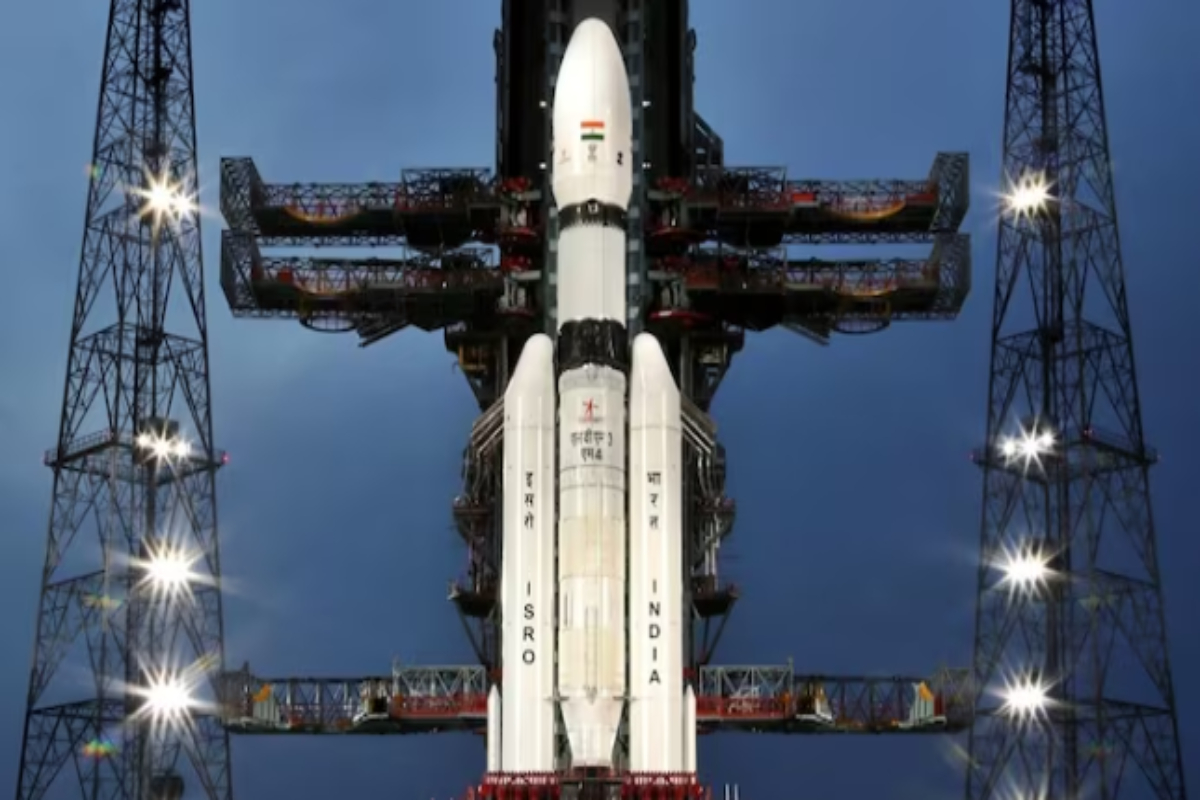Chandrayaan-3: The Launch Vehicle Mark-III, the biggest rocket ever built by India, is preparing to launch the Chandrayaan-3 mission to the Moon. As it starts its voyage to the lunar planet, the spacecraft is carefully packed inside the rocket’s launch fairing. The onboard computer has assumed control of LVM3 and is in the automatic launch sequence. At 2:35 PM, Chandrayaan3 will launch as it starts its trip to the Moon. Passenger cars carrying fervent space enthusiasts are rushing to this spaceport despite the intense heat and the promise for dry weather. Since arriving in Sriharikota early in the morning, over 10,000 people from Tamil Nadu, Andhra Pradesh, and Karnataka have been watching the launch from the special space gallery Isro put up next to the Satish Dhawan Space Centre (SDSC) main entrance. At 2.35 p.m. today, India’s Chandrayaan-3 will take off from Sriharikota in Andhra Pradesh, carrying the dreams of the whole country. If the mission is successful, India will be the fourth country to set foot on the moon.
India’s Mighty GSLV Mark 3 Takes Center Stage to Support Vikram Moon Lander
The Bahubali rocket, also known as the GSLV Mark 3 heavy lift launch vehicle, will support the moon lander Vikram. The GSLV, now known as Launch Vehicle Mark 3 (LM-3), is 43.5 metres tall, or about half the height of Delhi’s Qutb Minar. The spacecraft is scheduled to touch down on the moon on August 23 after a voyage that will last more than 40 days. After its most recent lunar mission in July 2019 failed, the Indian Space Research Organisation is crossing its fingers. “The main lacuna in the last Chandrayaan-2 mission was that there were off-nominal conditions that were initiated in the system. Everything was not nominal. And the craft was not able to handle the off-nominal condition for a safe landing,” ISRO Chief S Somnath told NDTV in an exclusive interview.
India’s Mooncraft to Make Landmark Touchdown at the South Pole
India’s mooncraft will make history when it touches down in the moon’s South Pole, where water molecules have been discovered. The discovery, which was made during India’s maiden lunar mission in 2008, stunned the entire globe. Vikram is supposed to land gently and safely. The lander will subsequently release the rover Pragyan, which will perform research and explore the moon’s surface for a lunar day (14 days on Earth). The researchers want to examine the lunar soil, explore the moon’s surface, and record moonquakes. Following lessons from the previous moon mission, ISRO claims to have upgraded the software and decreased the lander’s engine count from five to four. Everything has been put through extensive testing.
Chandrayaan-3 Equipped to Overcome Component Failures for Successful Moon Landing
According to Somanath, the new mission is set up to land successfully even if some components malfunction. Measures were created to address a number of eventualities, such as sensor failure, engine failure, algorithm failure, and computation failure. India’s first lunar mission, Chandrayaan-1, was launched in October 2008 and operated until August 2009. 2019 saw the rough landing of Chandrayaan-2’s lander after departing from the intended course. While continuing to orbit the moon, the orbiter is sending data.
Keep watching our YouTube Channel ‘DNP INDIA’. Also, please subscribe and follow us on FACEBOOK, INSTAGRAM, and TWITTER
